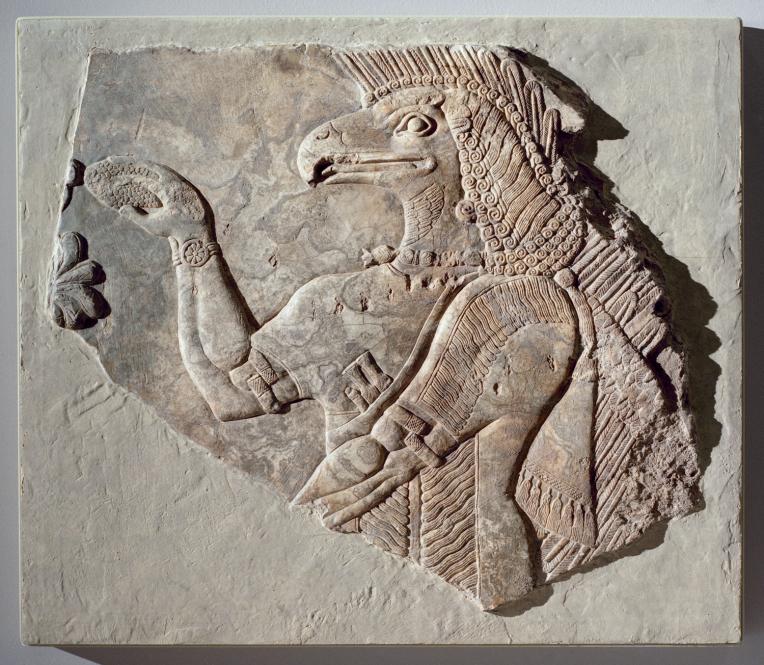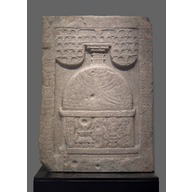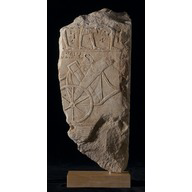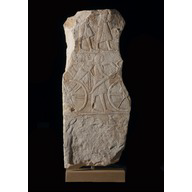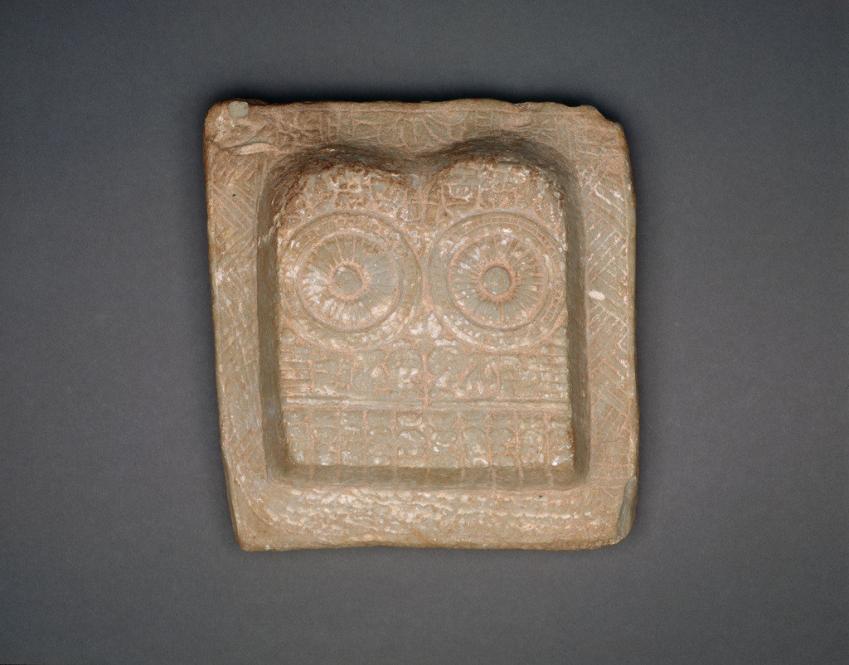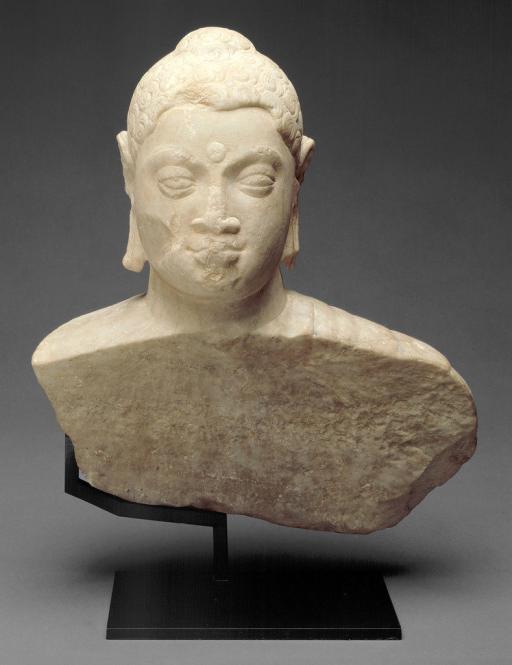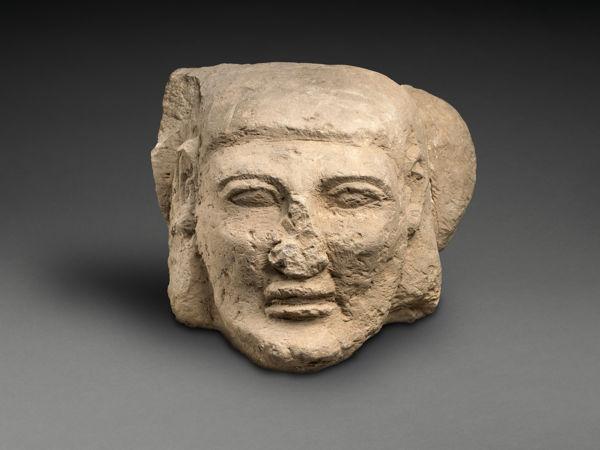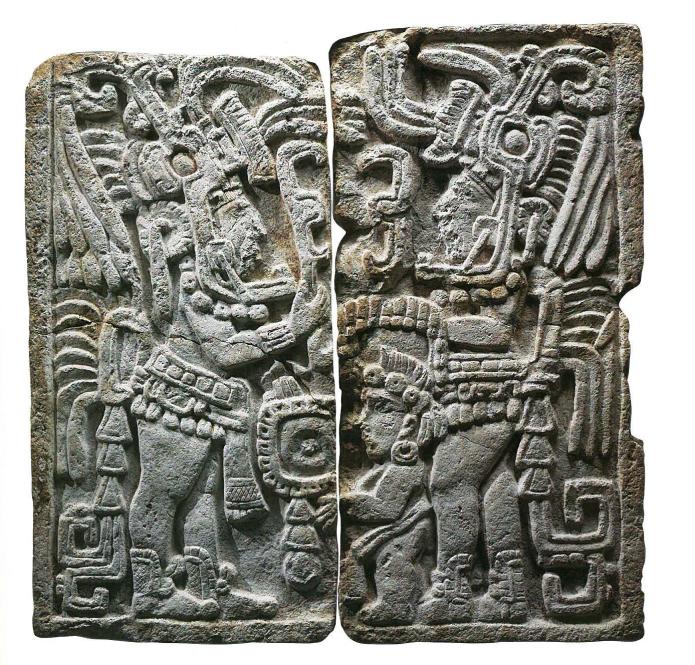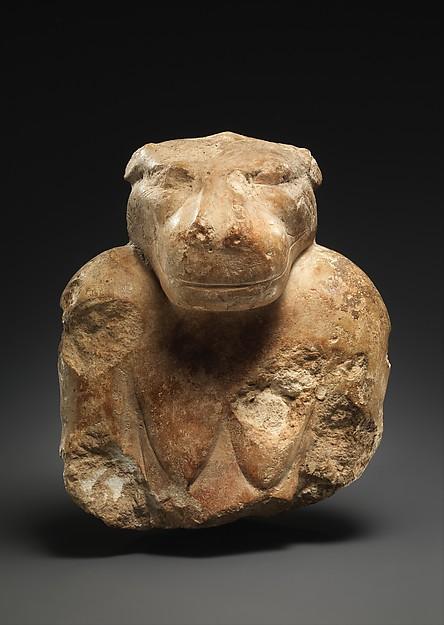Provenance Information
Purchased by Mr. James W. Alsdorf, Chicago, Illinois, U.S.A. The exact date that Mr. Alsdorf purchased the object is unknown; however, Mr. Alsdorf acquired the object by February, 1983. Attempts to determine from whom Mr. Alsdorf acquired the object were unsuccessful. The Alsdorfs lent the object to the Art Institute of Chicago in 1983. Mrs. Marilynn Alsdorf signed a promised gift agreement for the object in 2010 and gave the object to the Art Institute of Chicago in 2019.
Exhibition Information
"Eternal Presence: Handprints and Footprints in Buddhist Art"–Katonah Museum of Art, Katonah, New York (October 17, 2004–January 9, 2005); Honolulu Academy of Arts, Honolulu, Hawaii (January 26–May 29, 2005); Rubin Museum of Art, New York, New York (June 14–September 4, 2005).
The object was on display at the Art Institute of Chicago, Chicago, Illinois, in the Indian and Southeast Asian Galleries 128–130 in McKinlock Court from November 22, 1984–August 2, 1994; in Gallery 152 from October 9, 1992–September 5, 2002; and in the Alsdorf Galleries of Indian, Southeast Asian, Himalayan and Islamic Art, gallery 141, November 25, 2008–June 13, 2017.
Publication Information
Pal Pratapaditya with contributions by Stephen Little, A Collecting Odyssey: Indian, Himalayan, and Southeast Asian Art from the James and Marilynn Alsdorf Collection (The Art Institute of Chicago in association with Thames and Hudson, New York, New York, 1997), p. 293: cat. 99. Kathryn H. Selig Brown, Handprints and Footprints in Buddhist Art (Katonah Museum of Art, Katonah, New York, 2005), p. 35: plate 2.
Section of the AAMD Guidelines relied upon for the exception to 1970
Cumulative facts and circumstances
Explain why the object fits the exception set forth above
This acquisition falls within two exceptions: cumulative facts and circumstances as well as gift or bequest expected or on loan prior to 2008. First, the cumulative facts and circumstances known to the Art Institute of Chicago at the time of the acquisition allowed it to make an informed judgement to acquire the object. The exact date that Mr. Alsdorf purchased the object is unknown, but based on the loan history, Mr. Alsdorf acquired the object by February 1983. Attempts to determine from whom Mr. Alsdorf acquired the object were unsuccessful. The object was included in exhibitions in New York and Honolulu (2004–2005) and has been publicly displayed at the Art Institute of Chicago beginning in 1984, and again between 1992–2002 and 2008–2017. The object has been published in two major catalogs of South Asian art: A Collection Odyssey: Indian, Himalayan, and Southeast Asian Art from the James and Marilynn Alsdorf Collection (1997); and in Eternal Presence: Handprints and Footprints in Buddhist Art (2005). In addition, the acquisition furthers the representation of the artistic achievements of all civilizations in art museums because it represents one of the most revered objects within Buddhism: the footprints of the Buddha. This early example comes from the Andhra region of southern India, and appears to be the only one of its kind from this region in a public collection in the United States.
Second, the acquisition of the object was by gift and the object was on loan to the Art Institute prior to 2008. The Alsdorfs lent the object to the Art Institute of Chicago in 1983. Mrs. Alsdorf signed a promised gift agreement for the object in 2010.

